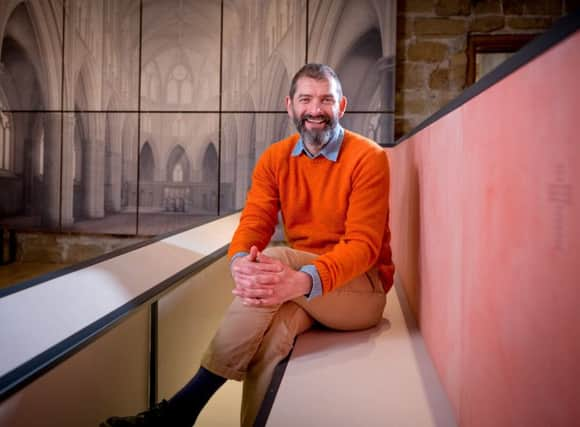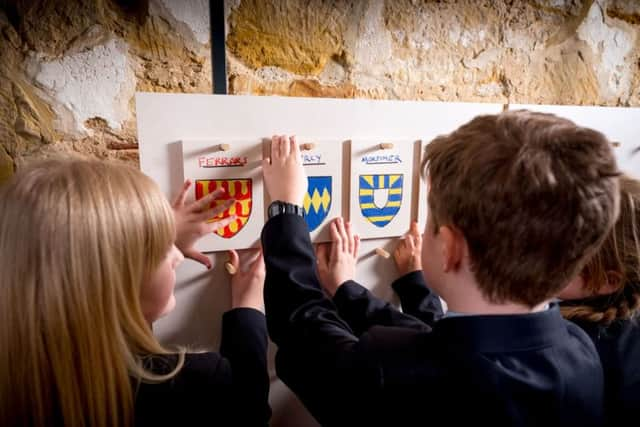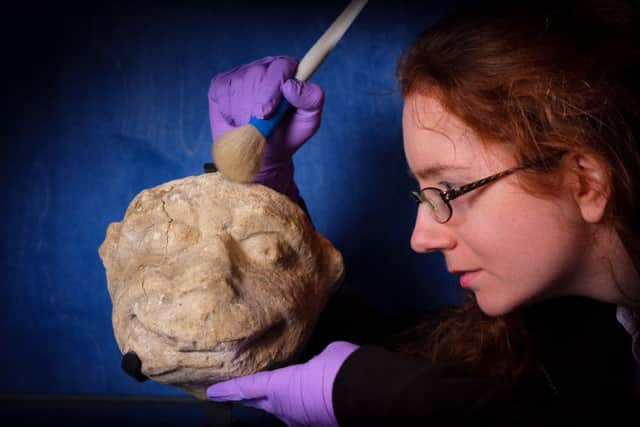Walls of Battle Abbey to resound to long-forgotten medieval carol


Set to music for the first time since the Reformation, the carol will form the soundscape to a new English Heritage exhibition in the gatehouse, opening to the public this weekend (Saturday, April 1).
Entitled ‘Be Mery’, the carol was found ‘doodled’ at the back of a monk’s service book, alongside a short poem and recipes for treating gastric complaints, by English Heritage historian Dr Michael Carter, while researching the history of Battle Abbey.
Advertisement
Hide AdAdvertisement
Hide AdDating from c.1500, this service book is the only surviving liturgical book from the abbey and is now in the library of Trinity College, Cambridge.


Dr Carter said: “This carol is clear evidence that the Battle monks were very much part of the thriving devotional culture of Catholic England; a culture brutally cut short by the Reformation and Dissolution of the Monasteries which extinguished 500 years of religious life at Battle.
“Our new exhibition has been designed to reveal insights into that life, the importance of prayer and worship, the tremendous power and wealth of the abbey, and what it was like to be an ordinary monk there.”
He added: “The carol is very exciting and by setting it to music for the first time in 500 years we hope to give visitors to the abbey a real insight into the lives of the monks who lived at the abbey.”
Advertisement
Hide AdAdvertisement
Hide AdIn the Middle Ages, carols were not exclusive to Christmas. Nor were they performed during church services, but would have been sung – and even danced to – during social occasions all year round. It has been performed and recorded for English Heritage by Schola Gregoriana The Association for Gregorian Chant.


The new permanent exhibition will also feature archaeological finds from the site that illustrate everyday life for the monks in the Benedictine abbey, including a bone nit comb and copper ear scoop, which hint at the monks’ important grooming rituals, the remains of a spectacle frame, invented in late 13th century Italy, and a lead pot used to hold vermillion, a pigment worth its weight in gold. A replica of Abbot Thomas Ludlow’s ceremonial sword, stained glass windows depicting the monastery’s 14th Century coat of arms and a recreated treasury table illustrate the abbey’s wealth and influence.
Accessed via a recently conserved stone spiral staircase, the exhibition extends to a second floor room not previously open to the public. Here, a secret staircase discovered by English Heritage curators last year has been incorporated into the exhibition.
The exhibition opens on Saturday, April 1 – for admission prices and more information, visit www.english-heritage.org.uk/battleabbey.